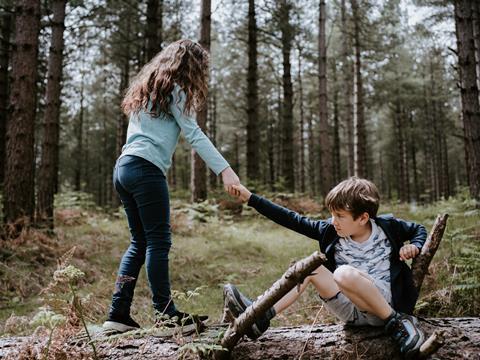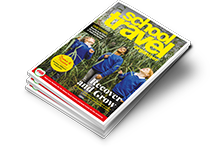Nigel Miller, CEO of the Active Learning Group, on why outdoor learning matters more than ever and developing digital resilience.

Everyone’s talking about digital resilience. Lessons on safe screen use, healthy habits, online behaviour. But here’s the truth. You don’t build resilience with a worksheet. You build it when the phone isn’t there.
I’ve watched it happen hundreds of times. Kids arrive at camp glued to a screen. Parents tell us they won’t last a night without their iPad. First evening, they’re twitchy, asking when they’ll get their phone back. By day two, they’re lighting a fire with flint, cooking sausages, leading a game, or laughing round a campfire with people they’d never met on Monday. The change is like night and day.
Outdoors strips away the comfort. You can’t swipe your way past wet wood. You can’t mute the rain when it lashes down. You have to deal with it. The fire won’t light. The shelter falls down. You’re tired, muddy, hungry. And then you crack on.
That’s where the learning happens. That’s when kids realise they’re tougher than they thought.
Teachers tell me the quietest pupils find their voice outside. Kids who struggle in class calm right down in the woods. Groups that barely function in school come back tighter, more confident, and more willing to back each other. It sticks too. That confidence doesn’t vanish when they get back to school.

This isn’t a nice extra. It’s essential. If we want young people to cope with the pressure of modern life, we’ve got to give them chances to get uncomfortable. To fail safely. To succeed honestly. To learn who they are when the Wi-Fi’s gone.
I’ve watched kids who can barely look up from a phone turn into leaders in the space of a week.
So, when people talk about resilience and life skills, my view is simple. Don’t just tell young people about it. Put them in situations where they live it. Outdoors is where that happens.
If we want children to thrive in a digital world, we need to show them how to survive without it first.












